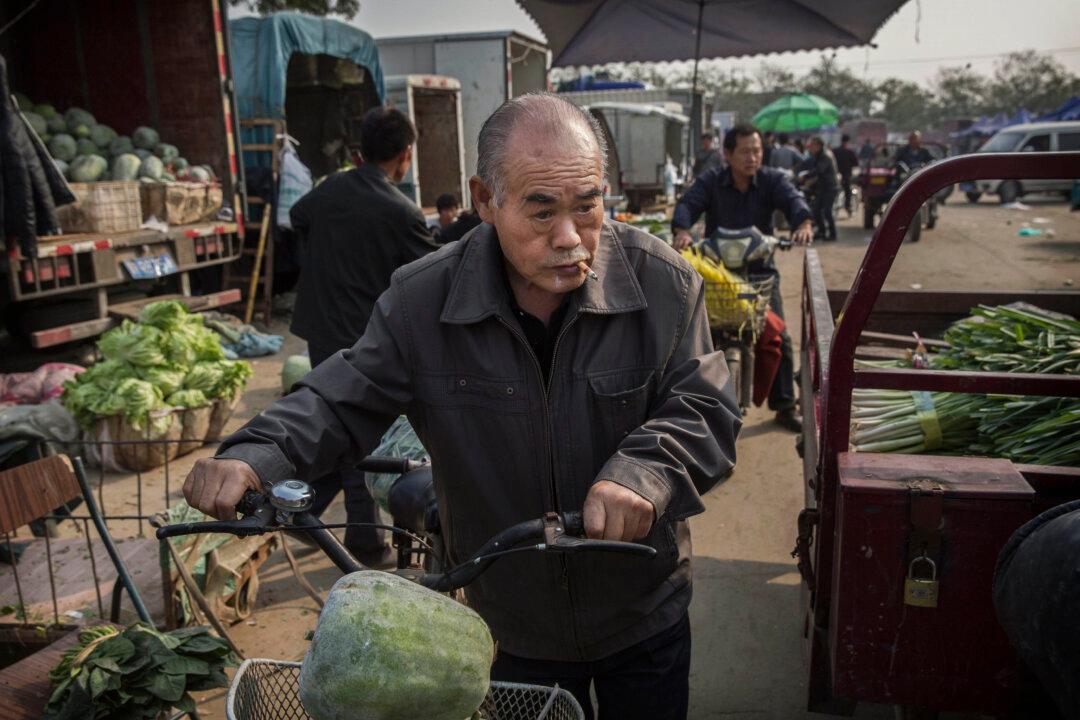In another “first since the financial crisis” event, China’s central bank moved to cut interest rates to a record low and lowered certain bank reserve ratios.
The People’s Bank of China (PBOC) announced on its website on Friday, June 27, that it cut the one-year lending rate by 25 basis points to 4.85 percent, and decreased the deposit rate to 2 percent. It also lowered the reserve requirement ratio by half a percent for banks specializing in loans to farms and small businesses.
It was the first time the central bank cut both rates on the same day since late 2008.
The decision came after another weekly stock market rout. It’s a sign of desperation that suggests Beijing is stumbling on the tightrope of having to diffuse a stock market bubble while stimulating real economic and job growth.
Bear Market
The week prior China’s stock market suffered another collapse, capping its steepest two-week decline since December 1996. This recent plunge followed warnings issued by BlackRock Inc., UBS AG, and Credit Suisse AG over the last two months that Chinese A-shares were in a bubble.
China’s benchmark Shanghai Composite Index plunged 7.4 percent on Friday, June 26. The total drop of 19 percent since recent highs on June 12 suggests that the index is at the cusp of a full-blown bear market, typically defined as a downturn of 20 percent or more within a two-month period.




